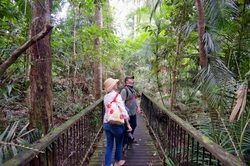
On Thursday, May 30, we visited what may be the world's oldest rainforest, just outside of Cairns.
That we could make this visit so easily seems improbable. The notion of visiting a rainforest conjures images of an arduous trek to a remote jungle. In this case, the journey was a 15-minute bus ride. How cool is that?
The bus took us to the Skyrail station, where we took a 4.7-mile gondola ride gliding over the treetops of this protected rainforest. We made two stops en route.
At the first stop, called Red Peak Station, we were treated to a guided walk from a naturalist who explained how this rainforest is older than any other on earth and houses a remarkable number of plants and critters unique to this locale.
Ranger Phil pointed out some amazing plants both distinctive and toxic, and a tree whose lineage dates to the dinosaur age. He warned us about the cassowary, a flightless bird that can pack a punch when it attacks but which generally avoids humans. Alas, we never saw one, though we did see the bush turkey.
The second stop afforded views of Barron Falls, which flows dramatically into a steep gorge.
The gondola ride ended in Kuranda, a small village whose purpose is to service day-trippers like us. We had a tasty lunch at a new healthy foods restaurant. Then Professor Ann Christiano and Jason Cain, a doctoral student and our program assistant, joined me in a roughly two-mile hike through the rainforest along a generally paved path.
We returned to Cairns via the Kuranda Scenic Railway, which opened in 1891. It took us from the village down to sea level, a drop of 1,062 feet, through 15 hand-carved tunnels and over 37 bridges. We saw Barron Falls from a different vantage point and saw another waterfall along the way.
The day's journey helped us see a different side to the tropics than we're used to in Florida. The humidity and rain were similar, as were many of the ferns. But many plants, trees, insects and animals were unlike anything back home. And the mountainous terrain is far more picturesque than flat Florida.
You can see for yourself in the photos.
That we could make this visit so easily seems improbable. The notion of visiting a rainforest conjures images of an arduous trek to a remote jungle. In this case, the journey was a 15-minute bus ride. How cool is that?
The bus took us to the Skyrail station, where we took a 4.7-mile gondola ride gliding over the treetops of this protected rainforest. We made two stops en route.
At the first stop, called Red Peak Station, we were treated to a guided walk from a naturalist who explained how this rainforest is older than any other on earth and houses a remarkable number of plants and critters unique to this locale.
Ranger Phil pointed out some amazing plants both distinctive and toxic, and a tree whose lineage dates to the dinosaur age. He warned us about the cassowary, a flightless bird that can pack a punch when it attacks but which generally avoids humans. Alas, we never saw one, though we did see the bush turkey.
The second stop afforded views of Barron Falls, which flows dramatically into a steep gorge.
The gondola ride ended in Kuranda, a small village whose purpose is to service day-trippers like us. We had a tasty lunch at a new healthy foods restaurant. Then Professor Ann Christiano and Jason Cain, a doctoral student and our program assistant, joined me in a roughly two-mile hike through the rainforest along a generally paved path.
We returned to Cairns via the Kuranda Scenic Railway, which opened in 1891. It took us from the village down to sea level, a drop of 1,062 feet, through 15 hand-carved tunnels and over 37 bridges. We saw Barron Falls from a different vantage point and saw another waterfall along the way.
The day's journey helped us see a different side to the tropics than we're used to in Florida. The humidity and rain were similar, as were many of the ferns. But many plants, trees, insects and animals were unlike anything back home. And the mountainous terrain is far more picturesque than flat Florida.
You can see for yourself in the photos.
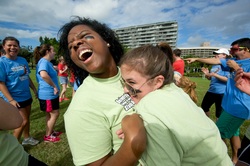
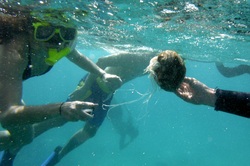
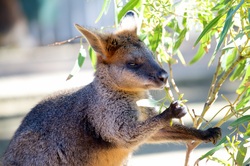
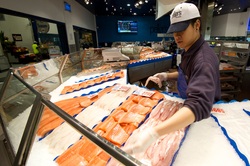
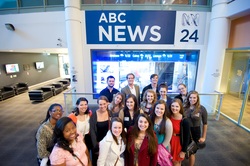
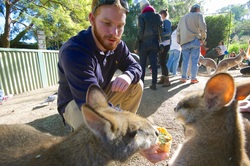
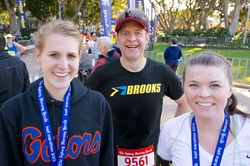
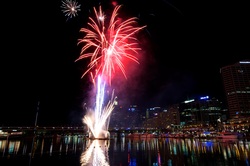
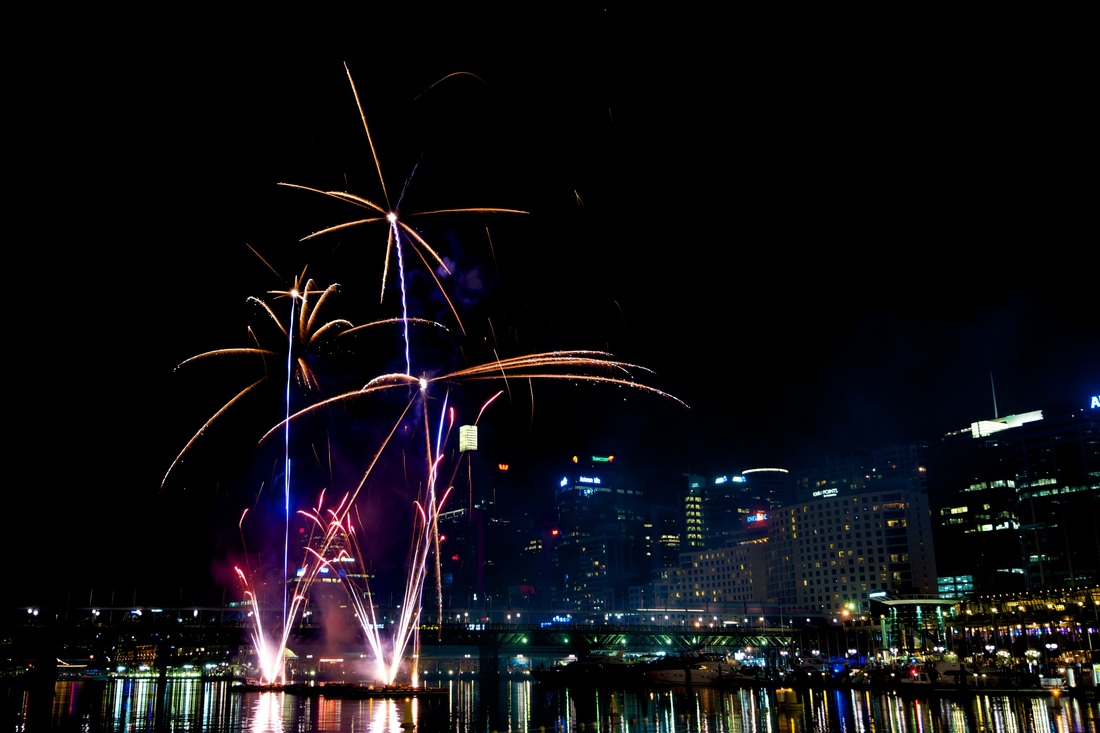
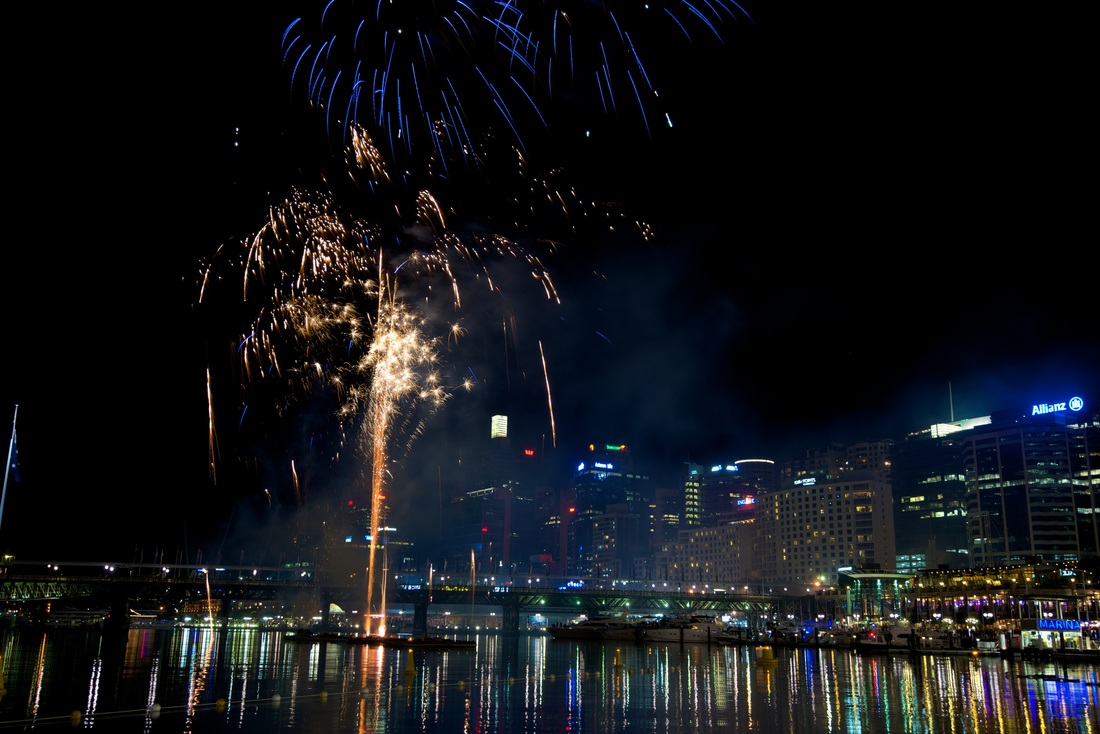
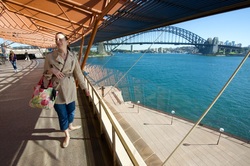
 RSS Feed
RSS Feed